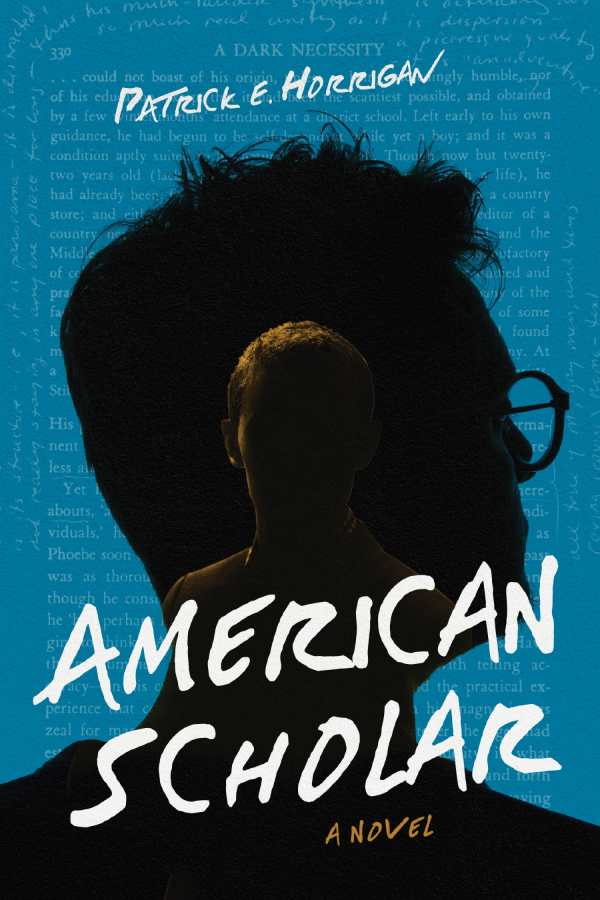American Scholar
An intelligent man with trauma in his past gets in the way of his own personal fulfillment in the powerful novel American Scholar.
In Patrick E. Horrigan’s literary novel American Scholar, a gay man spends his adulthood learning to live, love, and grieve in New York City.
The novel oscillates between the 1987–1988 time frame and a single day in 2016. Its hero, James, relives his coming of age: He started his PhD program at Columbia and met Gregory, who led an academic extracurricular group, the Gay Study Group, that James found while seeking camaraderie with other gay men at the height of the AIDS epidemic. James became entangled in the interpersonal relationships of the group, questioning what it meant to be a gay man in the 1980s.
In 2016, James and his husband are considering starting a family. His novel, American Scholar, is successful. But James still lives with the grief of having lost so many loved ones to AIDS years ago.
Most of the book is concerned with James’s memories of 1987, with the events of 2016 holding their own subdued emotional stake. In 1987, James and other men feel pushed in multiple directions: they can get married to women, become politically active, or live in the moment, regardless of who they hurt. James dreams of a quiet future with side-yard dinners and twinkling lights; he has achieved this by 2016, but still has affairs and is afraid of committing to his family. A connection is drawn between James’s decisions to be out in the 1980s and to live his life in 2016: his past actions impact his present, and each choice that he makes requires James to hold a different part of himself back. Even responses to momentary concerns have consequences beyond their times, and James has to reconcile himself to that reality.
There is limited dialogue in the novel, whose conversations often occur outside of quotation marks—as memories of what was once said. Instead, James’s intellectual musings are amplified in the narrative’s form.
Characterizations are built via distances between people as well. For example, when James feels unable to attend Gregory’s best friend’s memorial, the narrative shifts to focus on a paper that he is writing about gay men in the mid-twentieth century; it becomes his dissertation and the later basis for his novel. As Gregory calls James, desperate and ready to deliver a guilt trip, the novel makes use of complementary literary techniques: inside the parentheses, the phone rings and a message is left; outside of the parentheses, James thinks about his academic work.
The same parallel storytelling methods are replicated in the book’s coverage of events in 2016, as when James’s husband fails to attend a reading of James’s novel after an argument, and James spends his time walking around the city thinking about his next book rather than returning home to make amends. In this and other ways, the novel does a powerful job of illustrating the power of avoidance. Still, in the end, James cannot intellectualize his way toward an emotionally fulfilling life.
Entrenched in an emotional history, the literary novel American Scholar follows a man’s attempts to reconcile himself to his experiences of love and loss.
Reviewed by
Addissyn House
Disclosure: This article is not an endorsement, but a review. The publisher of this book provided free copies of the book and paid a small fee to have their book reviewed by a professional reviewer. Foreword Reviews and Clarion Reviews make no guarantee that the publisher will receive a positive review. Foreword Magazine, Inc. is disclosing this in accordance with the Federal Trade Commission’s 16 CFR, Part 255.

